Buy the photo Ree in nature Friesland by anne droogsma on canvas, ArtFrame, poster and wallpaper, printed on demand in high quality.
About "Ree in nature Friesland"
by anne droogsma
About the artwork
The roe deer has a sandy-yellow to reddish-brown summer coat; in winter it is more gray-brown to black in color. Adults have no spots. Clearly visible is the white to yellowish torso patch. In males, this spot is quite indistinct in summer. The nose is black and the chin is white. The tail is quite small (two to four inches long) and only visible during defecation. In winter, in the female, the roe goat, a bunch of white hairs protrudes backward between the hind legs, the apron. This looks like a tail, but is not.
The adult male, the roebuck, has simple antlers, consisting of usually two to three points (scions). Reindeer with four to five points are exceptions. The antlers are usually about 25 centimeters long. New antlers grow each year between October and January and therefore the old antlers fall off. The antlers grow under a phloem which, when the antlers mature between March and June, becomes loose and is shed. An occasional antlered roe goat also occurs.
When the antlers are not yet branching, that doe or antler is called a gaff. A gaff has one branching; this is common at around two years of age. The number of branches is not an indication of age: even a one-year-old, yearling roebuck can already have gaff antlers or six-pointed antlers. This depends on the condition of the roebuck. If it is very bad, only a small pointed antler grows. Such a roe deer is also called button buck. Older roebuck usually have antlers with two times three points, a sixender. Later in life, a roebuck may regain branchless antlers.
The roe deer has a head-rump length of 95 to 140 centimeters, a body weight of 16 to 35 kilograms and a shoulder height between 60 and 90 centimeters.

About anne droogsma
My name is Anne.
I regularly go out with my camera. I do so with great pleasure and always find gifts appearing on my screen.
This I want to share!..
Read more…
 Germany
Germany Ordered in January 2025
Ordered in January 2025
 Netherlands
Netherlands Ordered in August 2017
Ordered in August 2017
 Netherlands
Netherlands Ordered in October 2017
Ordered in October 2017
 Netherlands
Netherlands Ordered in May 2020
Ordered in May 2020
 Germany
Germany Ordered in April 2021
Ordered in April 2021
 Netherlands
Netherlands Ordered in August 2021
Ordered in August 2021
 Netherlands
Netherlands Ordered in April 2021
Ordered in April 2021
 Netherlands
Netherlands Ordered in April 2023
Ordered in April 2023
 Netherlands
Netherlands Ordered in April 2021
Ordered in April 2021
 Germany
Germany Ordered in May 2019
Ordered in May 2019
 Germany
Germany Ordered in March 2024
Ordered in March 2024
 Germany
Germany Ordered in May 2021
Ordered in May 2021
About the material
ArtFrame™
Interchangeable Art Prints
- High-quality print
- Easily interchangeable
- Acoustic function
- Large sizes available
Discover the artworks of anne droogsma
 zoutelande 1anne droogsma
zoutelande 1anne droogsma zoutelande sunsetanne droogsma
zoutelande sunsetanne droogsma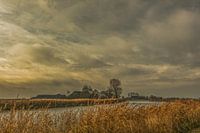 frieslandanne droogsma
frieslandanne droogsma skating on the dockumer Ee in Dokkumanne droogsma
skating on the dockumer Ee in Dokkumanne droogsma winter in Dokkumanne droogsma
winter in Dokkumanne droogsma zeeland zoutelandeanne droogsma
zeeland zoutelandeanne droogsma rainbow at oostkapelle zeelandanne droogsma
rainbow at oostkapelle zeelandanne droogsma skyline zeelandanne droogsma
skyline zeelandanne droogsma bubbles in gentanne droogsma
bubbles in gentanne droogsma zoutelande in black and whiteanne droogsma
zoutelande in black and whiteanne droogsma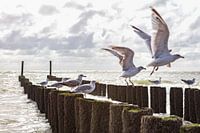 seagulls at salt countryanne droogsma
seagulls at salt countryanne droogsma fishing boat at laurel eyeanne droogsma
fishing boat at laurel eyeanne droogsma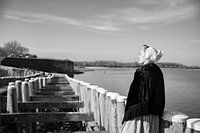 seagull girl in featheranne droogsma
seagull girl in featheranne droogsma sea at salt countryanne droogsma
sea at salt countryanne droogsma salt-land beach blue skyanne droogsma
salt-land beach blue skyanne droogsma bibleanne droogsma
bibleanne droogsma Citroën DS into the woodsanne droogsma
Citroën DS into the woodsanne droogsma Harley Davidson in Black and Whiteanne droogsma
Harley Davidson in Black and Whiteanne droogsma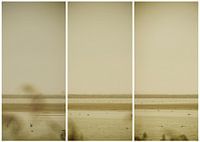 lauwersmeer triptych 24anne droogsma
lauwersmeer triptych 24anne droogsma river linde friesland from Tronde to Kuinreanne droogsma
river linde friesland from Tronde to Kuinreanne droogsma
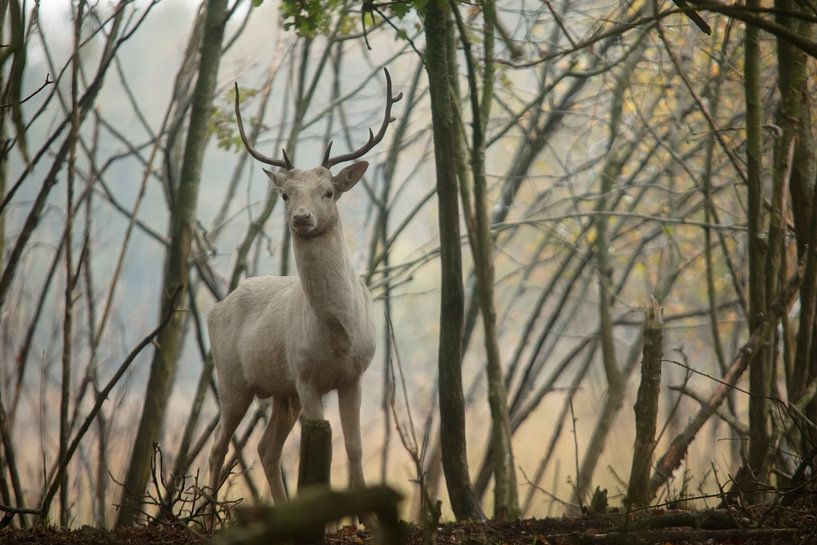




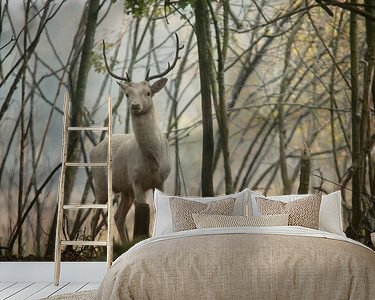







 Deer
Deer Depth of Field
Depth of Field Friesland
Friesland Mysterious Spheres
Mysterious Spheres Nature and weather
Nature and weather Nature photography
Nature photography Photo wallpaper
Photo wallpaper Photography
Photography Serene Peace
Serene Peace The Netherlands
The Netherlands









